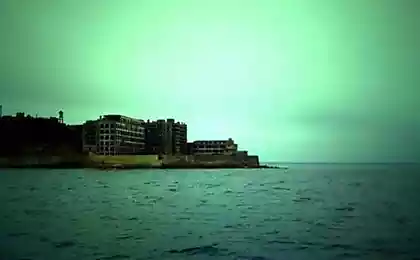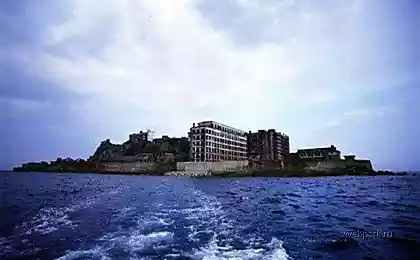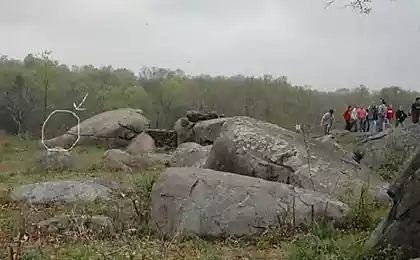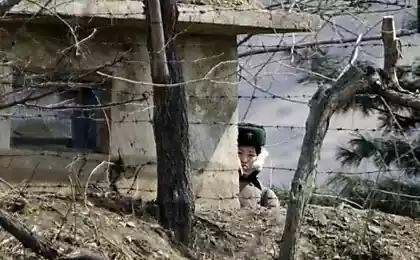1125
Ghost Town (103 photos)
Dallol, Ethiopia

Former mines sylvite, potassium salt was abandoned in the late '60s. Most of the buildings were built in the territory of salt blocks. At present, Dallol is considered a settlement with the highest average annual temperature. Between 1960 and 1966 the average annual temperature is 35 degrees Celsius. Most of the buildings were built in the territory of salt blocks.
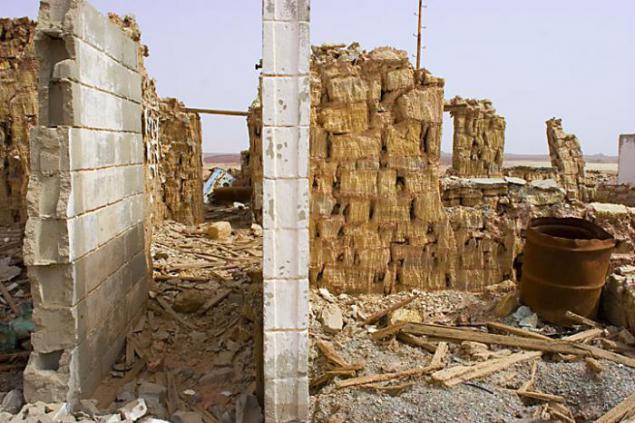
At present, Dallol is considered a settlement with the highest average annual temperature. Between 1960 and 1966 the average annual temperature is 35 degrees Celsius.
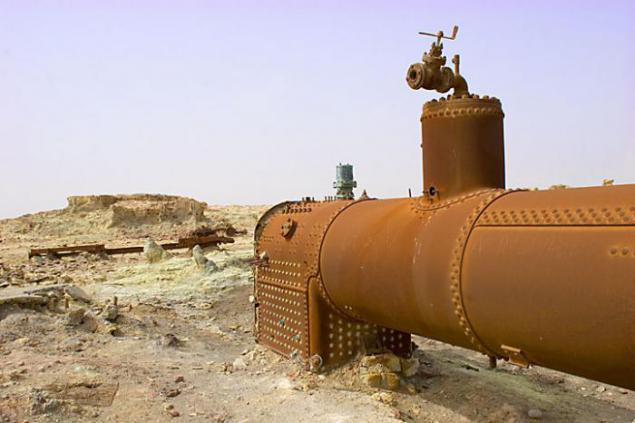
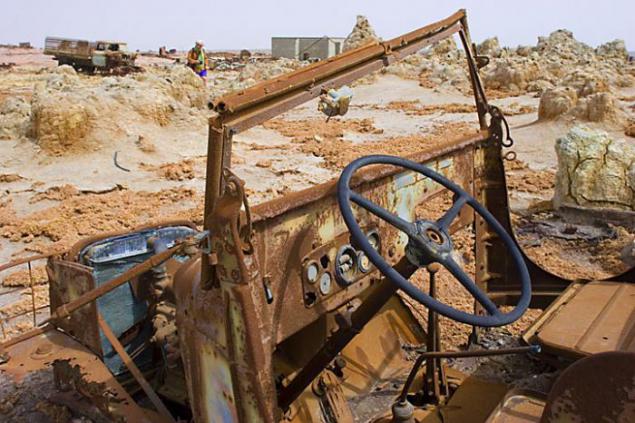

Nova Cidade de Kilamba New Town (Kilamba), near Luanda, Angola

This town near the capital of Angola Luanda was designed and built several years ago, the International Chinese Investment Corporation Property Management.

By the end of the project he was sheltering about 500 thousand people. Become houses for the future of indigenous people should have 750 colored vocmietazhki.

The city also has all the necessary infrastructure: 12 schools, shopping malls, movie theaters, five-star hotel.
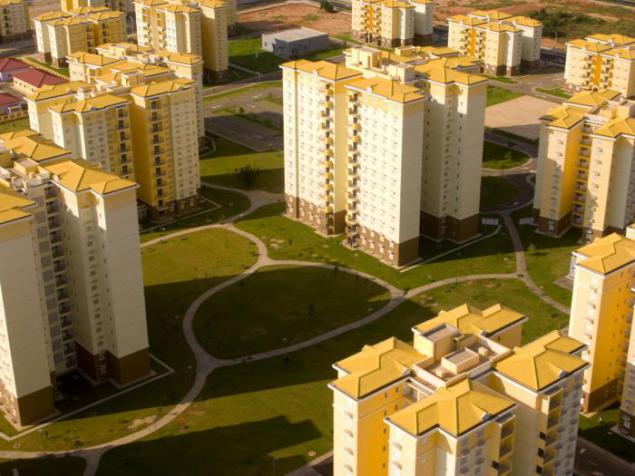
As of July 2012 the construction of buildings was basically completed, but they are still empty. Only 220 apartments from the first group of 2,800 apartments were sold, the city is developing very slowly.
Kolmanskop, Namibia
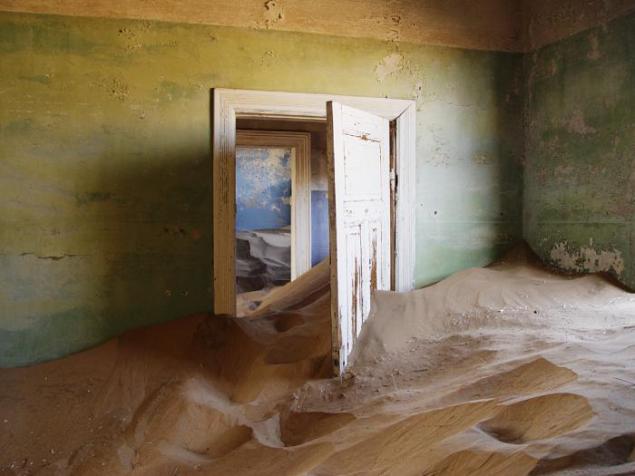
City Kolmanskop was founded in 1908 as a result of the diamond fever in Namibia. But after the First World War, when the "diamond reserves" dried up, the city was deserted and was soon abandoned.
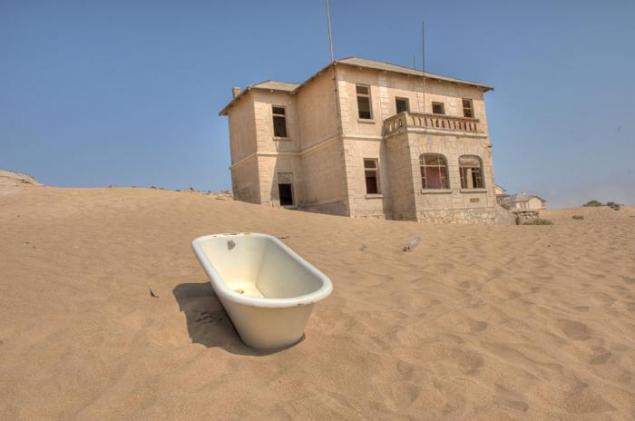


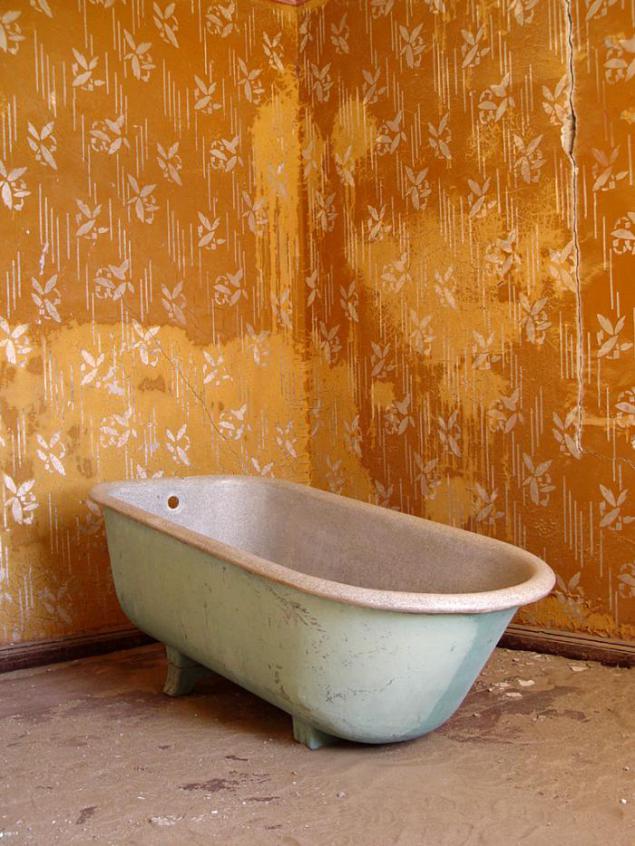
Taverga, Libya
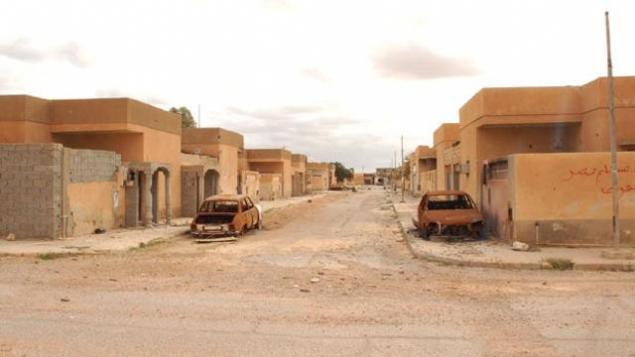
Back in 2006, the population of the Libyan city Taverga was 24, 223 people. But in 2011, as a result of the military conflict between the opposition and the government, the city has lost almost all of its inhabitants. Today, once a thriving Taverga became completely deserted.
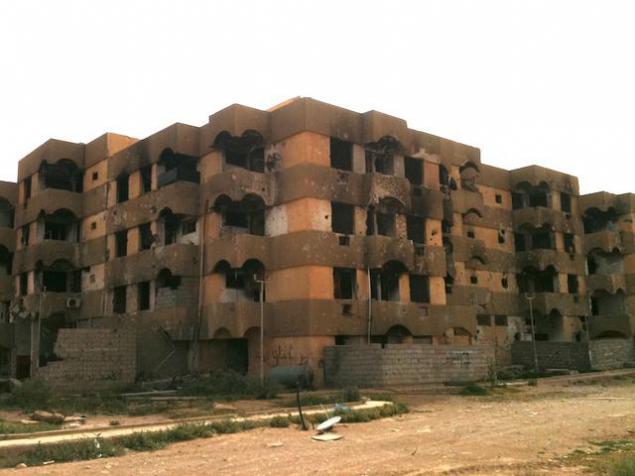
Pomona, Namibia
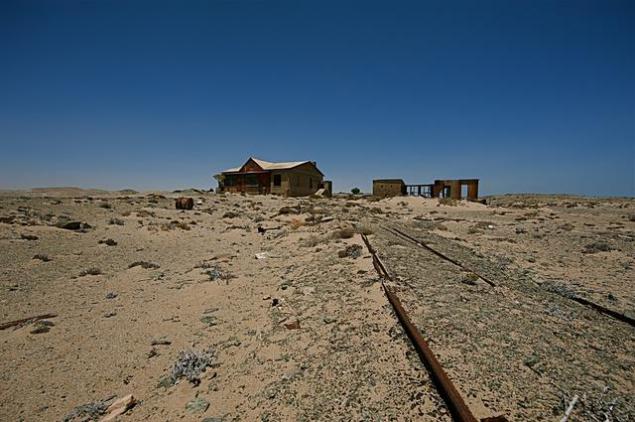
Sometime in the 1910s there was the richest diamond mine. It is said that in the local diamond mine produced about 1 million carats. Now it Shpergebit - area with limited access.
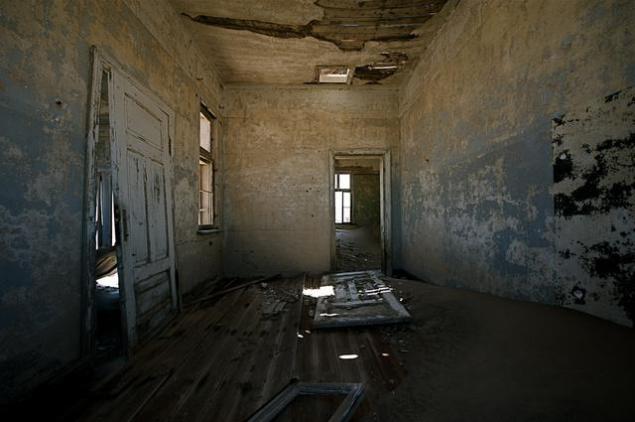
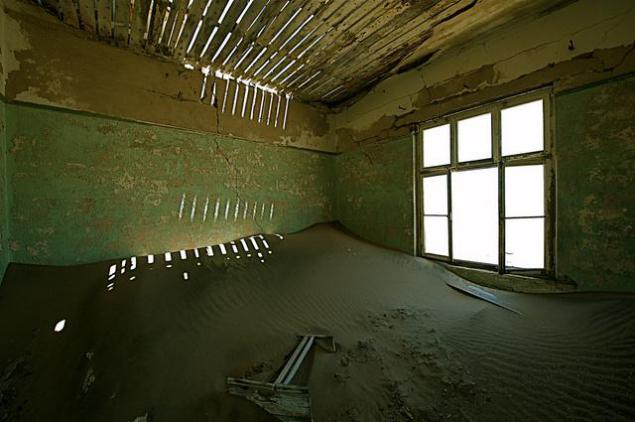
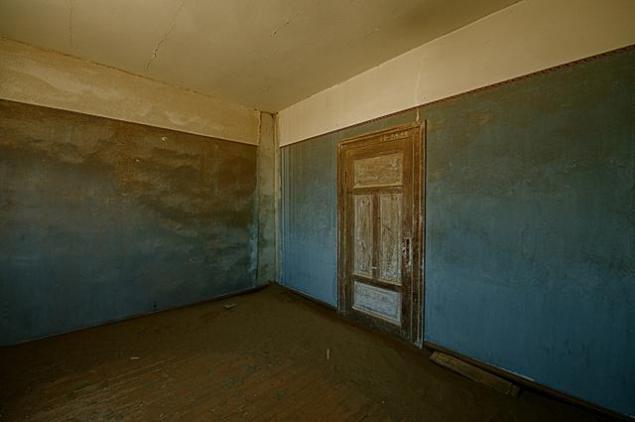
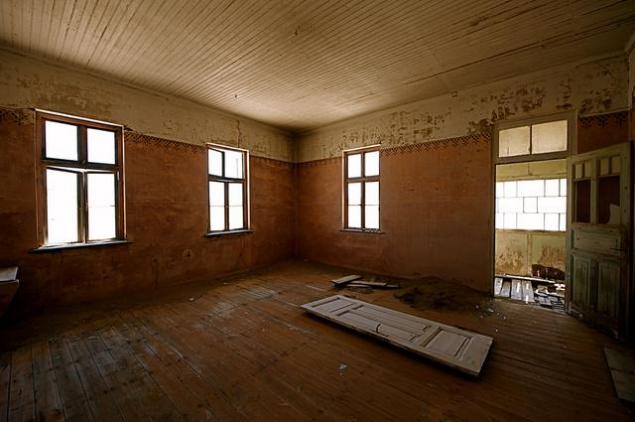
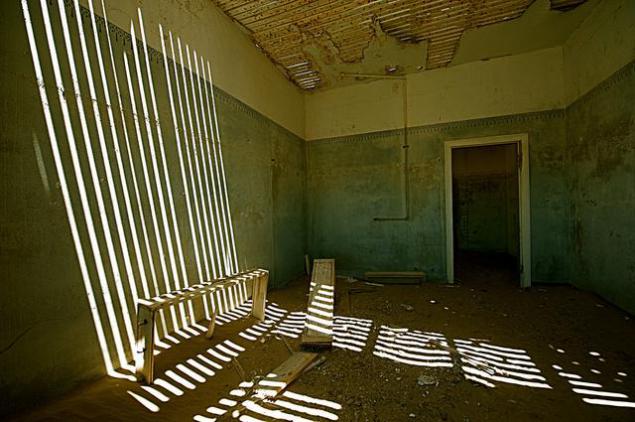
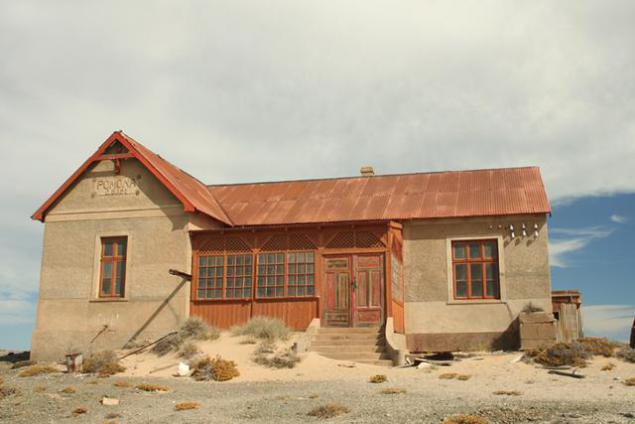
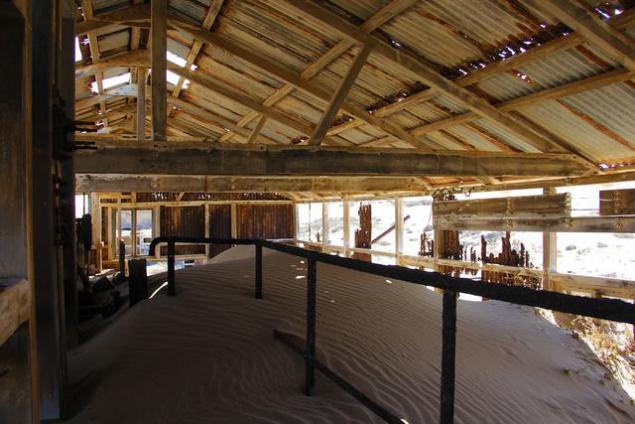
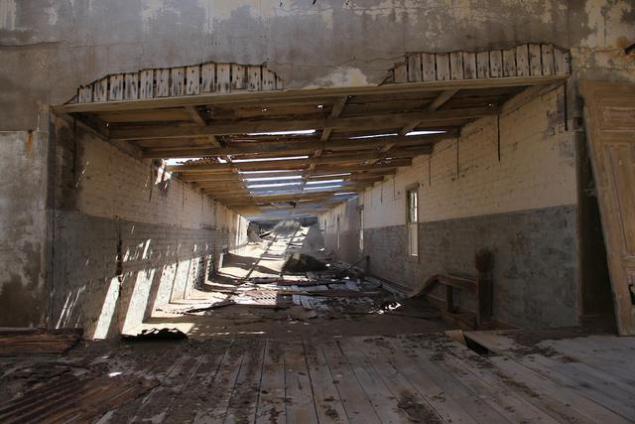

Pyramid, the Russian miner's settlement, Svalbard, Norway
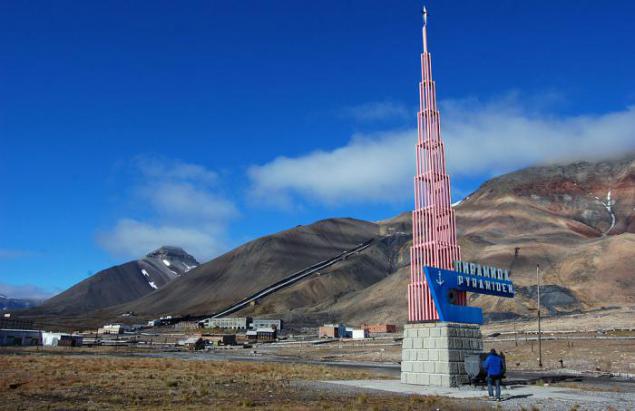
The settlement was founded by Sweden in 1910, but in 1927 sold to the Soviet Union, what resembles a bust of Lenin in the city center. Mines and, as a consequence, settlement, were closed for access in 1998 and has since remained intact.
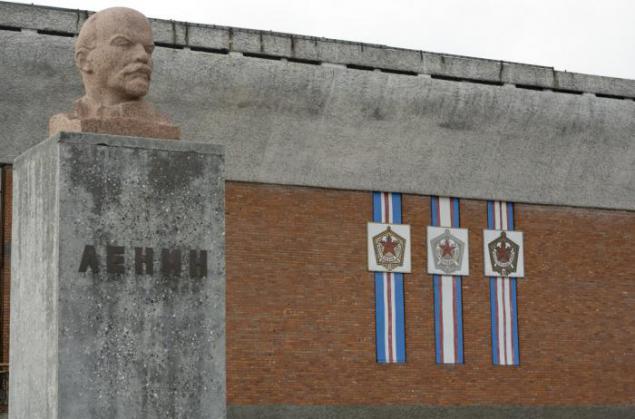
The current owner of Trust "Arcticugol" (since 2007) restores the hotel and soon for everyone to wander through a ghost town will be conducted tours.
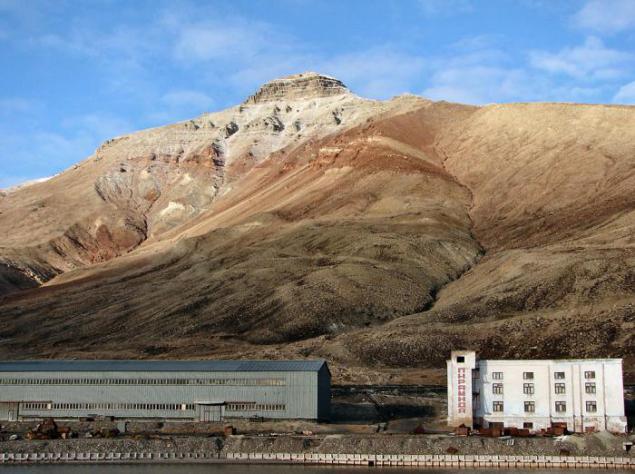
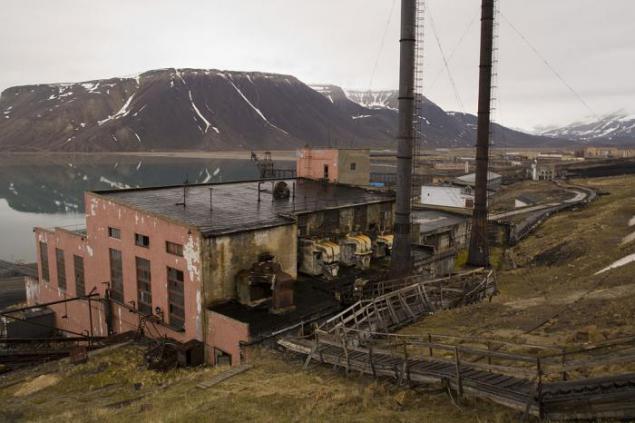

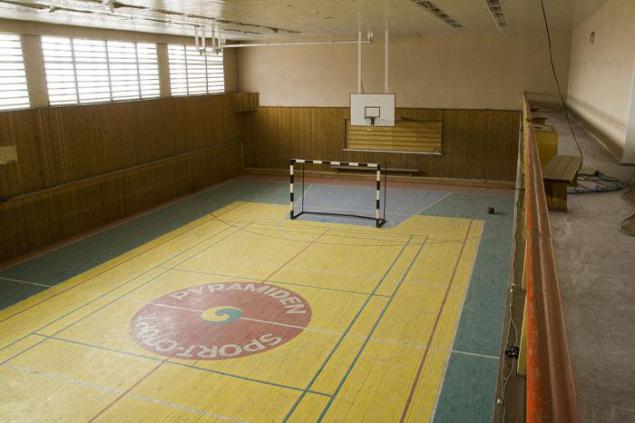
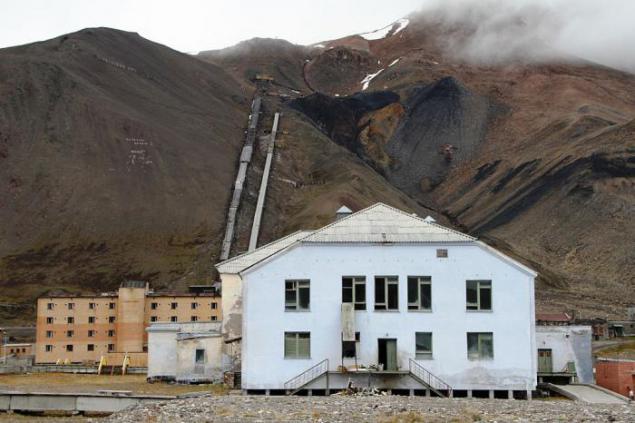
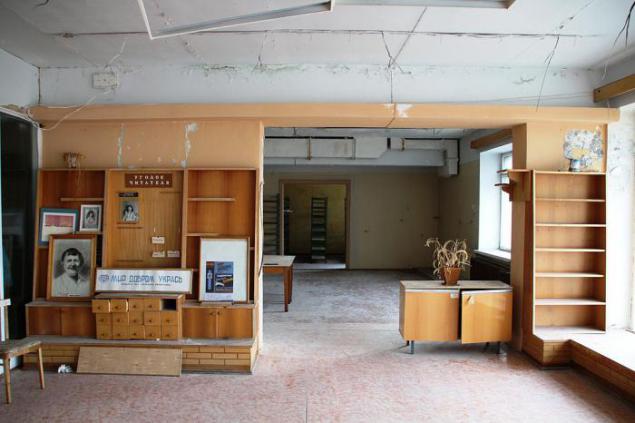
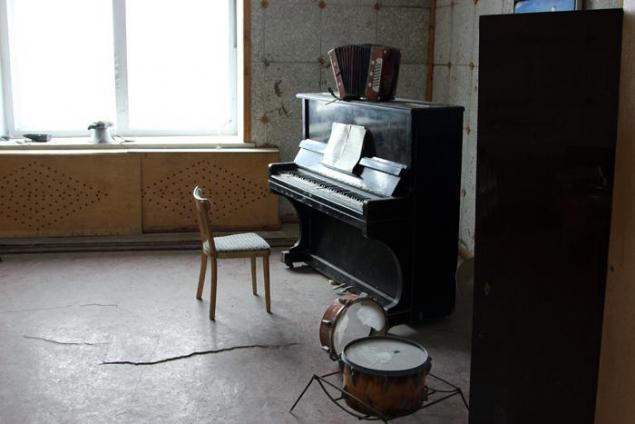


Oradour-sur-Glane, France
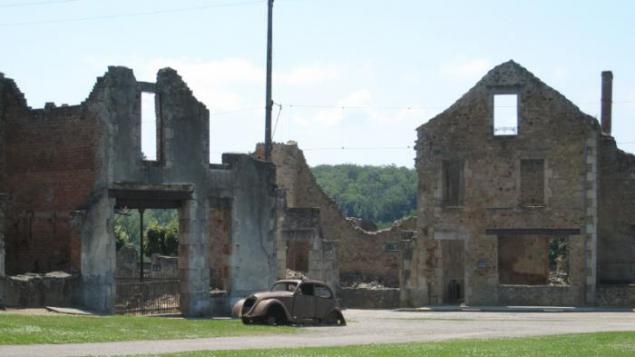
The village was destroyed in 1944, and its 642 residents, including 205 children and 247 women were killed by German soldiers June 10, 1944. Only the 47-year-old Marguerite Ruffansh could miraculously survive.

Adolf Dickman, commander of the SS, blamed for the massacre in the city on the local guerillas.
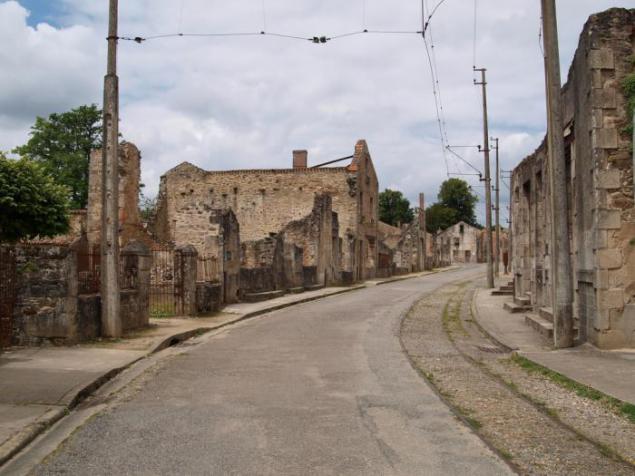
By order of the former French President Charles de Gaulle, Oradour-sur-Glane was not restored and became a museum city, the ruins of which are intended to remind future generations of the Second World War.
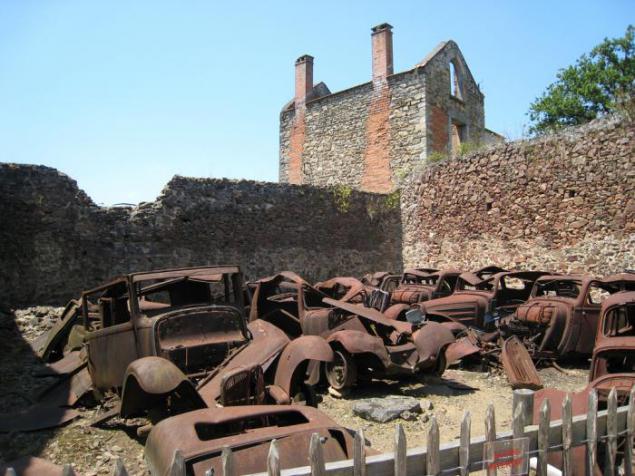

Kayakoy, southwest Turkey
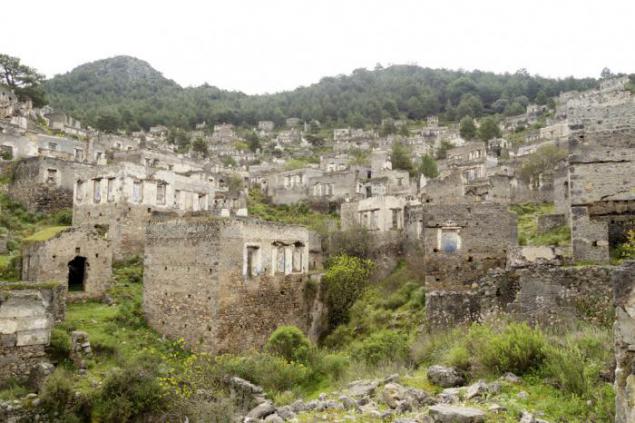
The village was founded in the territory of the ancient Greek city Karmiless in the middle of the 18th century. The Greek population left the village because of the Greco-Turkish War. As usual now it is an open air museum with beautifully preserved buildings in the Greek style, as well as two churches.
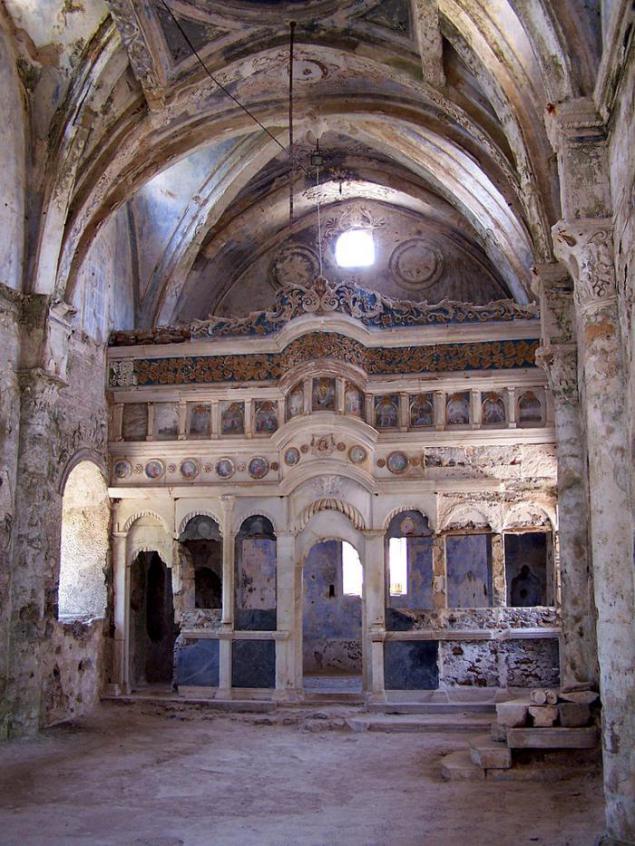
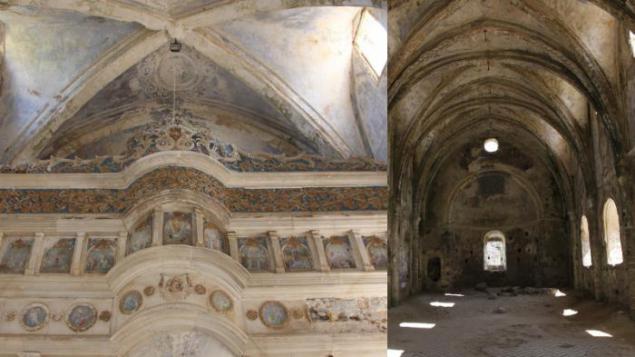
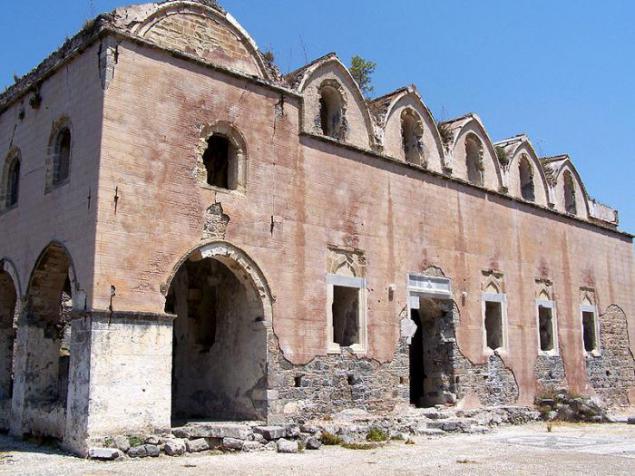
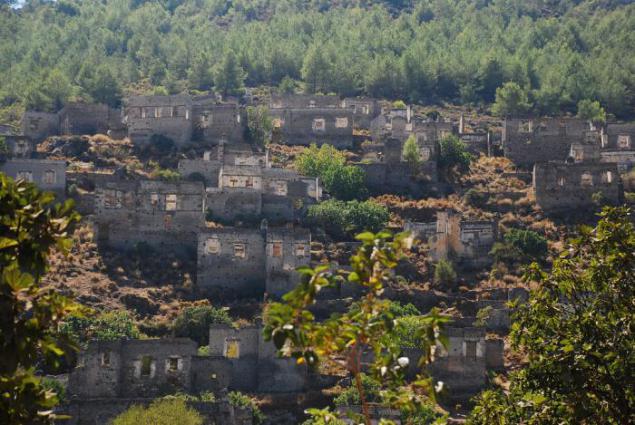
Oily, Switzerland
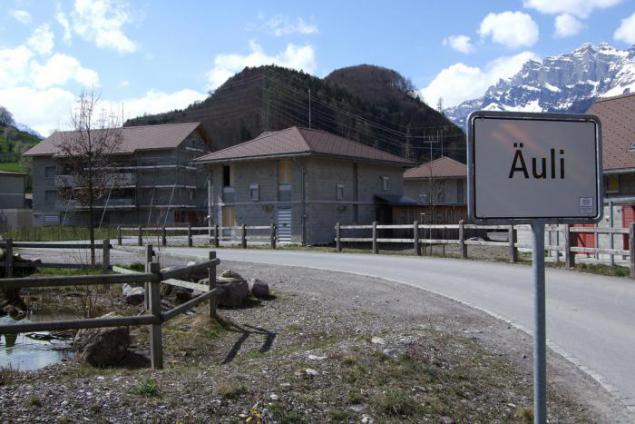
Imitation of the city was built for the Swiss army training.


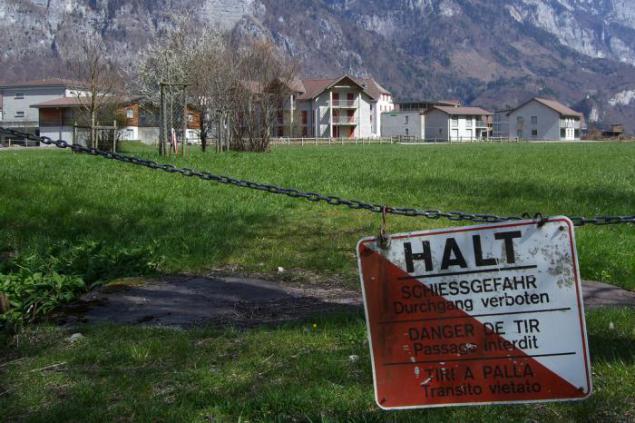
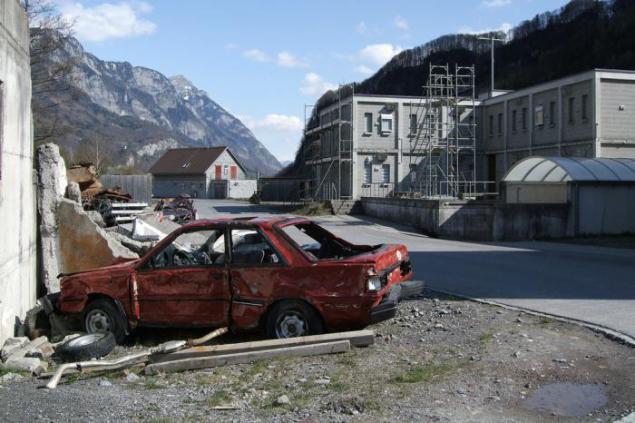
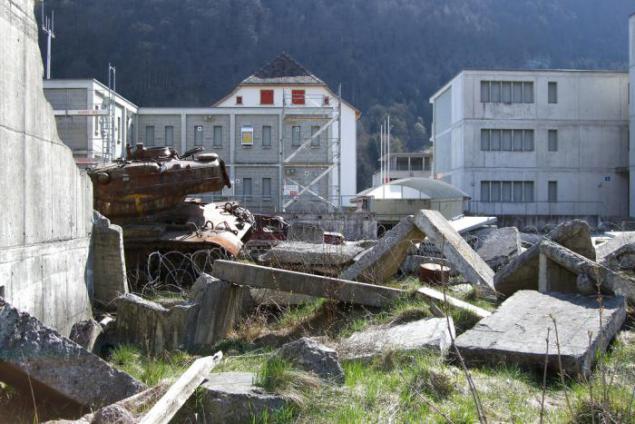
Koupenhil Down, Wiltshire, England
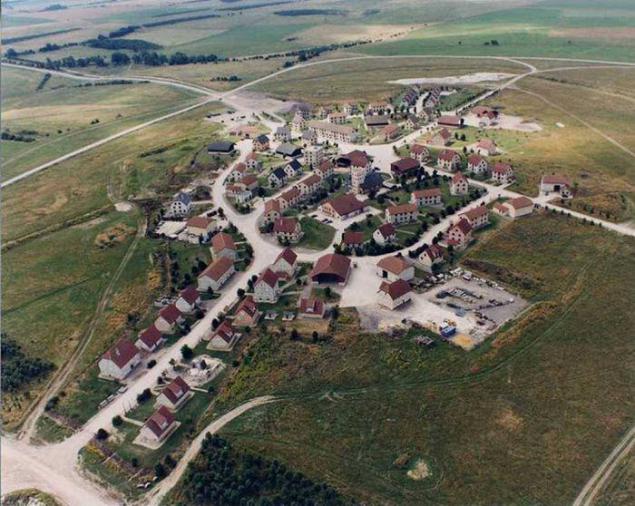
Built in full size by the British Ministry of Defence as a copy of a German village in 1988 for the training of combat in urban environments.
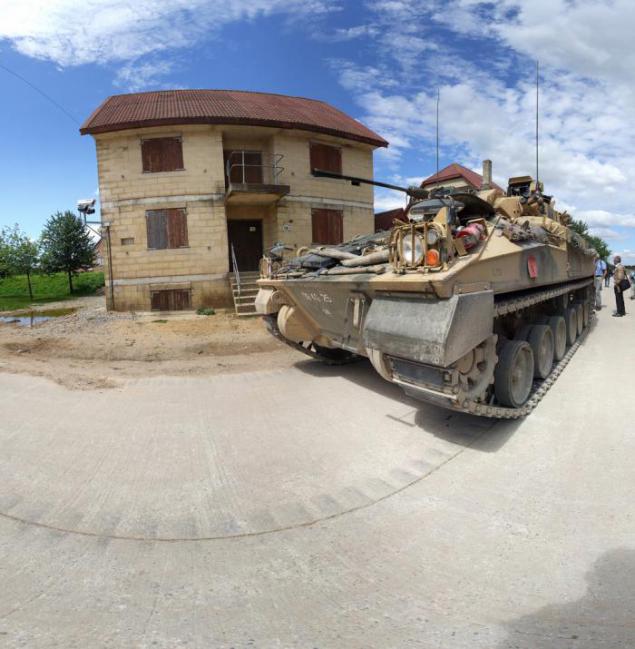
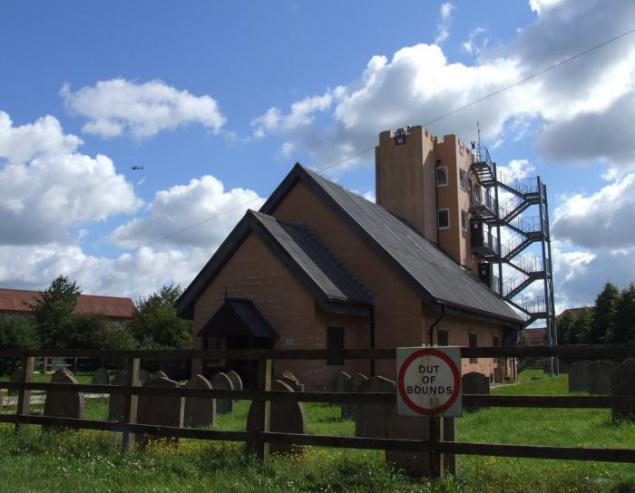
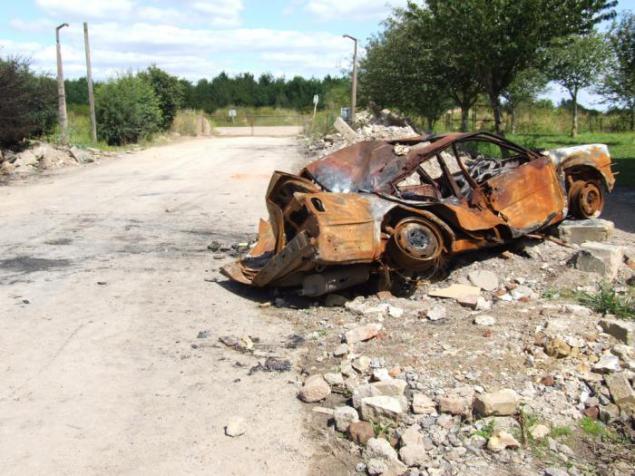
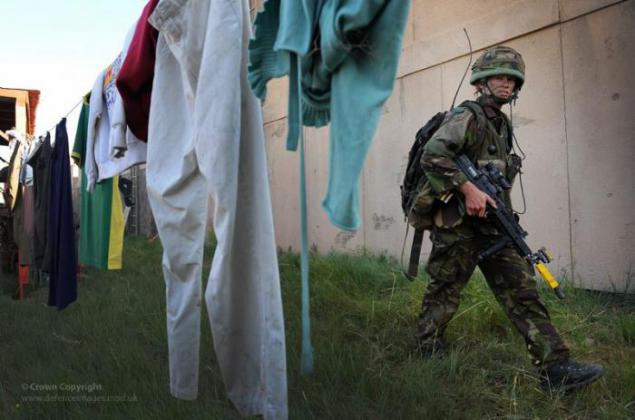

Dellerskhaym, Austria
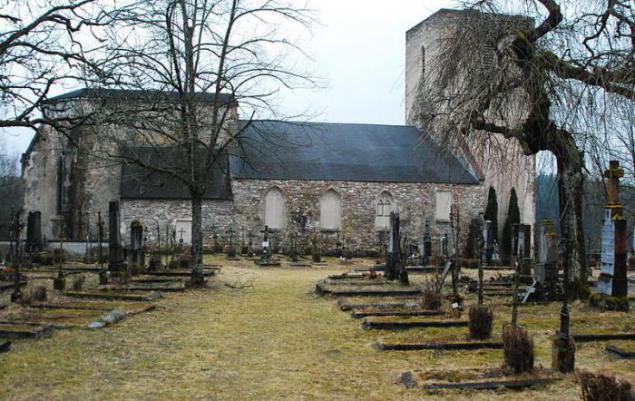
As a result of the policy of forced annexation of Austria by Nazi Germany in 1938, hit the 900-year-old village and a few neighbors. Hitler, despite the fact that his paternal grandmother is buried in Dellerskhayme ordered in place of villages to make training base for the Wehrmacht. At the moment, this territory belongs to the armed forces of Austria.
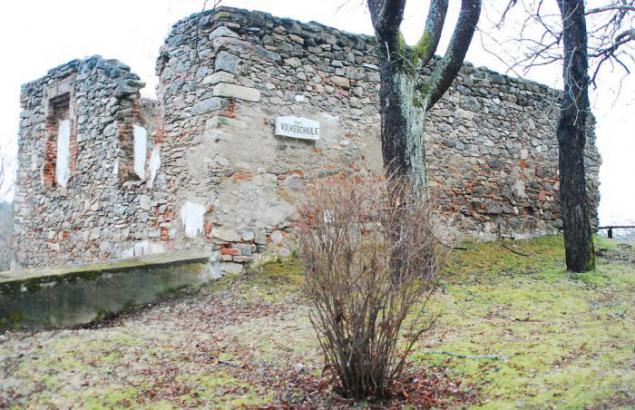

Great Blasket Island, Ireland
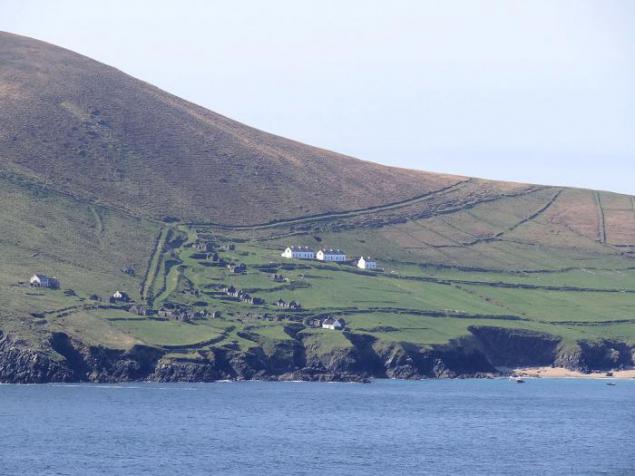
Up to 1953 on the island lived mainly fishing communities, but soon the population was reduced to 22 people, and then did the island became uninhabited.
Pegrema village, Karelia, Russia
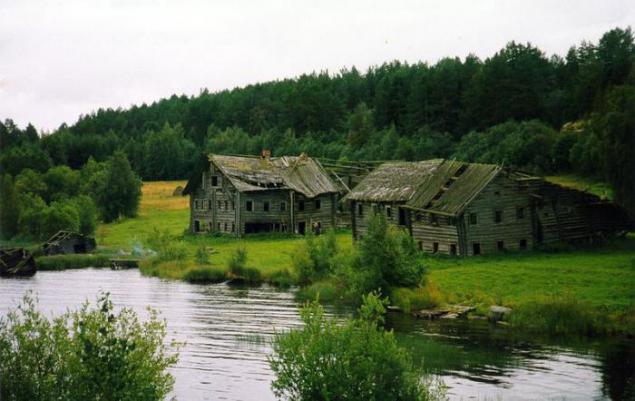
Pegrema is a fine example of wooden architecture. The village was abandoned after the Revolution.
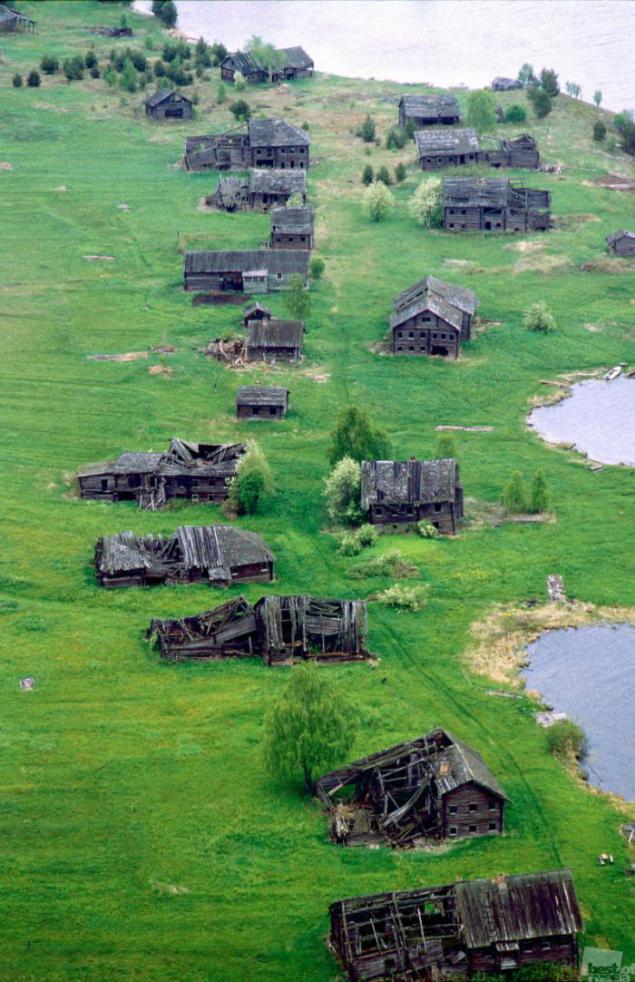
Pripyat, Ukraine
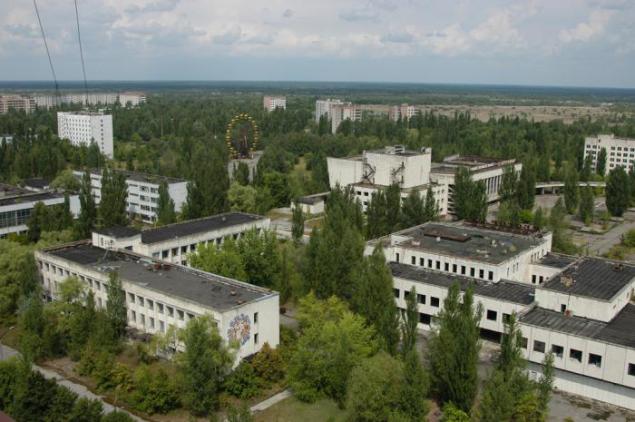
City, named after the river that flows nearby Pripyat, lasted only 16 years. All 45,000 residents were evacuated a few days after the disaster at the Chernobyl nuclear power plant in April 1986. The city has an amusement park, worked only a few hours and a train station on the outskirts of the city.
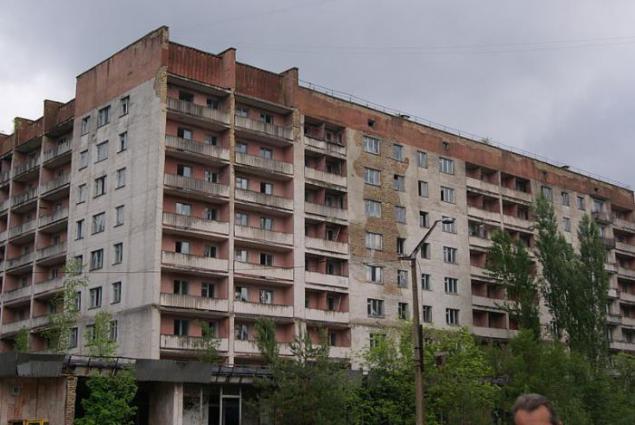
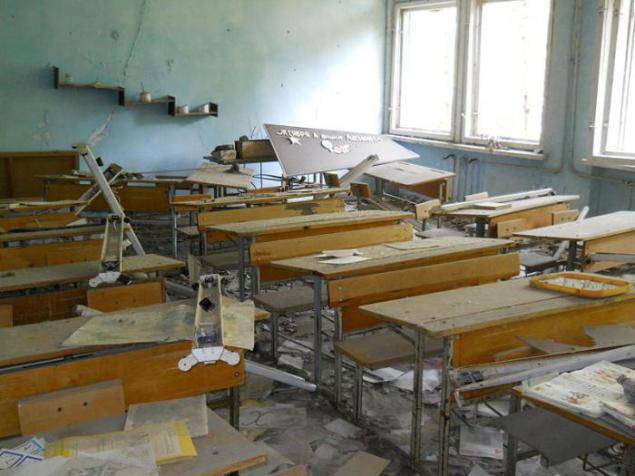
The luxurious residential area of Francisco Hernando El Kinen, Seseña, Spain

During the construction boom in the early 2000s was built this was supposed to be a prestigious residential complex of 13 200 flats. Construction budget amounted to almost $ 12 billion. Oddly enough, but utilities such as water and gas for some reason were not in the plans of the builders. Maybe that's why so few apartments were sold, and only a third of the steel sold apartment.
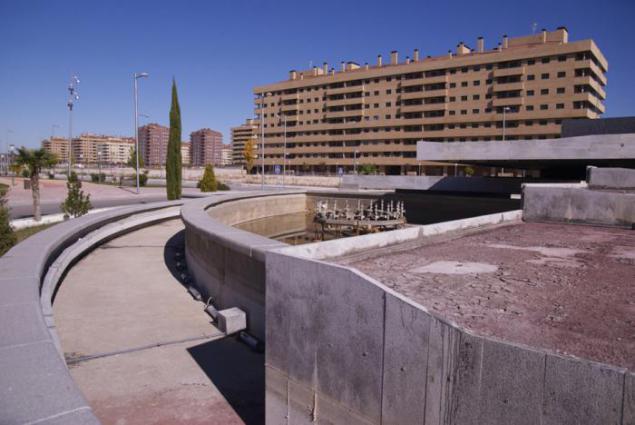
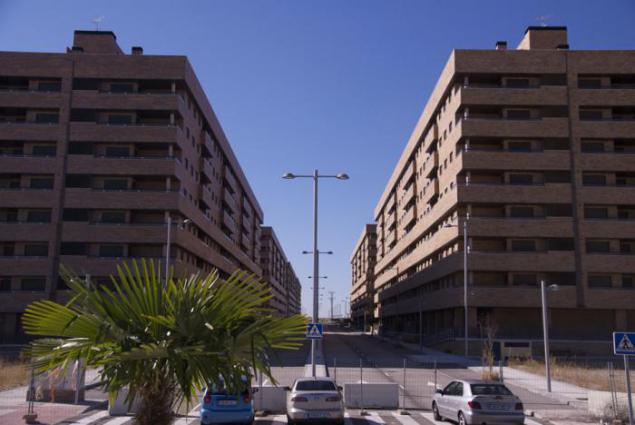
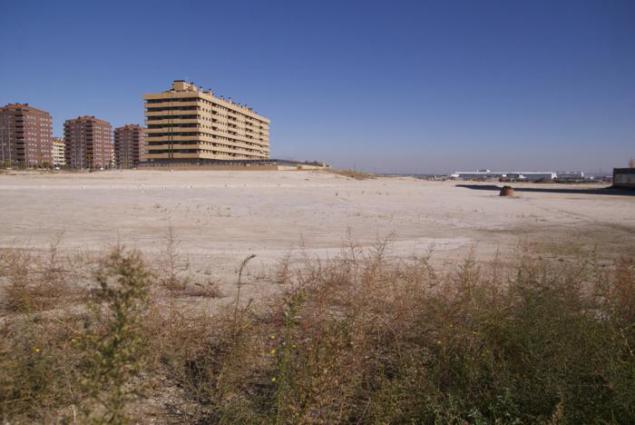
Sanchzhi or "ruins of the future" Taiwan
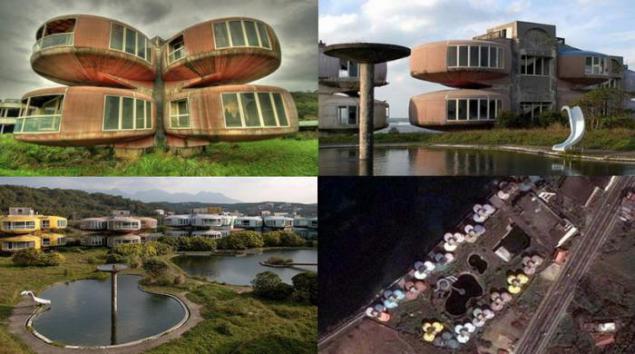
In 1980, the project for the construction of homes of the future in Taiwan Sanchzhi city was abandoned due to investment losses as well as many car accidents. Now the future of the city, it has turned into ruins and the future become one of the most bizarre among ghost towns. Futuristic home is a lot like flying saucers were destroyed between 2008 and 2010 years.
Little Paris or Tianducheng, near Shanghai, China
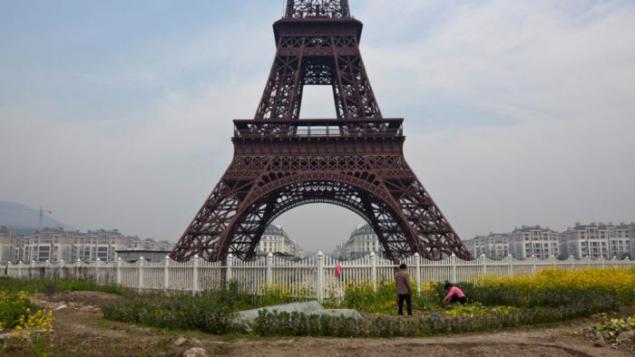
Today it is protected area, but was conceived as a city-Tianducheng copy of Paris. In a small Paris, of course, there is the Eiffel Tower, and the whole architectural ensembles, and even the original Paris Champ de Mars. Houses can accommodate at least 100 thousand people, but its actual population of slightly more than 2000.
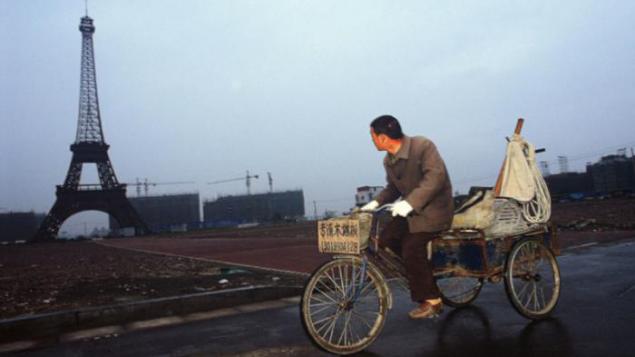
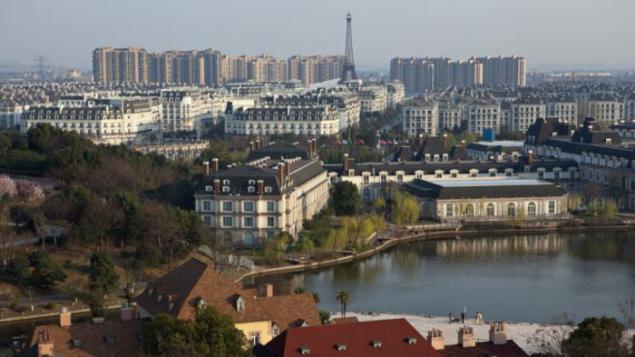
Chenggong, Kunming, Yunnan Province, China

The Chinese ghost town Chenggong began living less than 10% of all houses built.

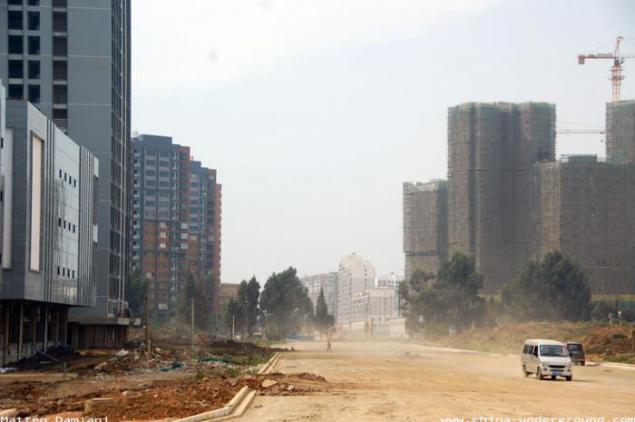
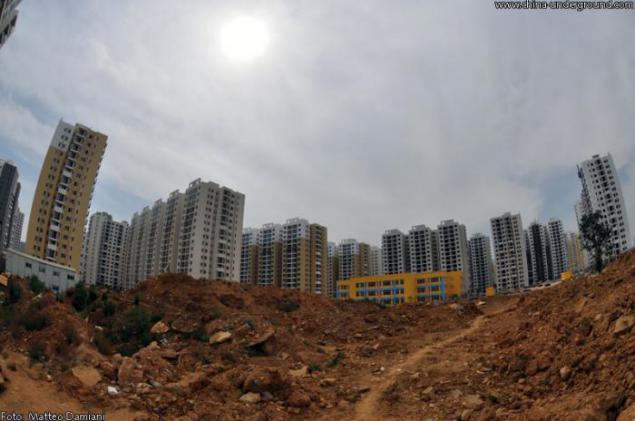
Centralia, Pennsylvania

In 1856 in Centralia opened two coal mines. The population of all arriving and already in 1890, employs 2761 people. The city has about 5 hotels, 7 churches, 2 theaters, 14 supermarkets and grocery stores, as well as 27 bars. Mines operated until the end of 1960, but after a fire in one of them, its population began to decline, and by 2010 there were only 10 people. By the way, the underground fire is still going on.


Plymouth, Montserrat Island, Lesser Antilles, West Indies
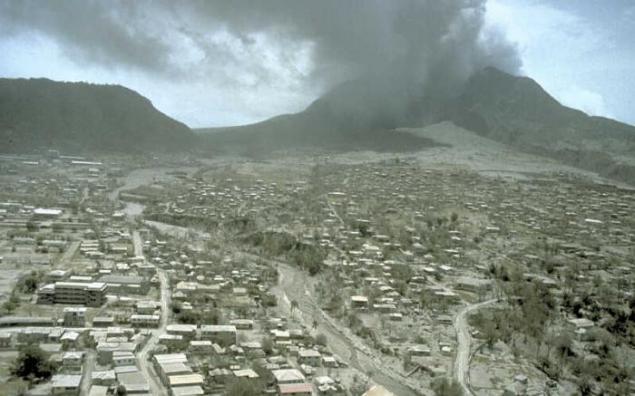
The town was deserted as a result of waking up in July 1995, the volcano. Already by 1997, all the inhabitants of the island were evacuated.
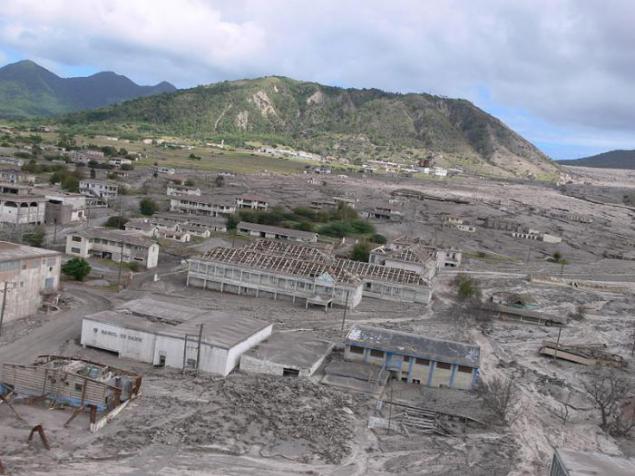

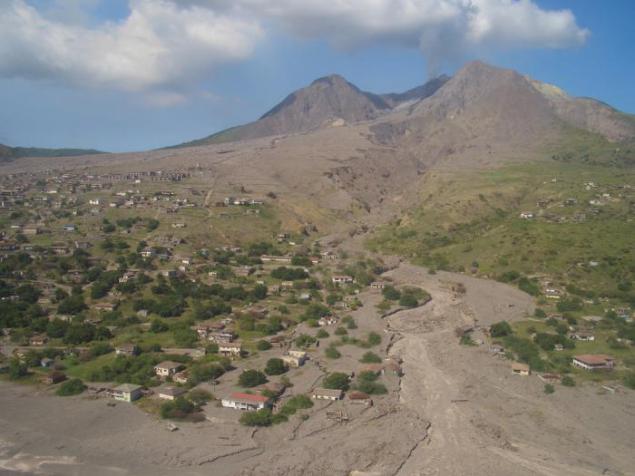
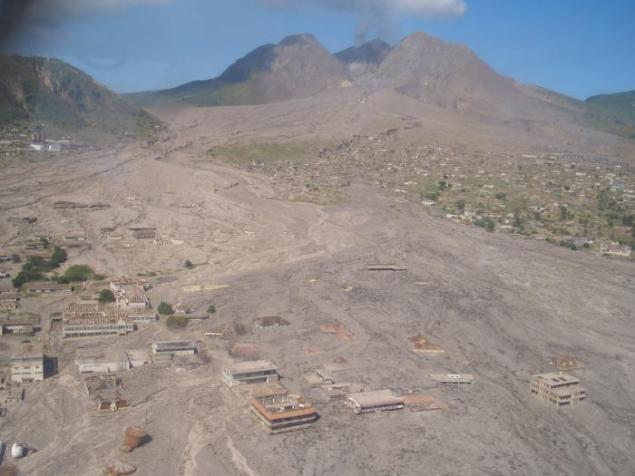
Bodie, California
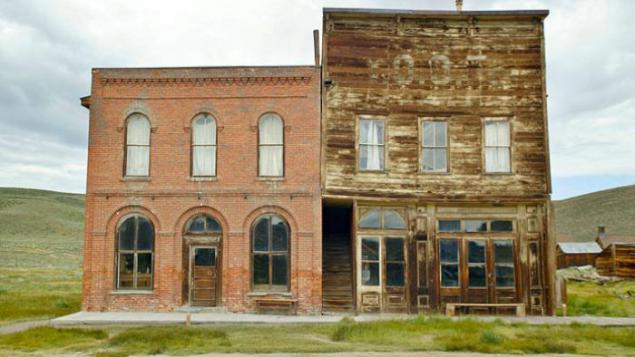
The city was founded around the mine in 1859, a group of miners. In 1876, Standard Company discovered another large deposit of gold ore, and, as usual, the Body of the small village has turned into the largest city in California. Since the late 1880s, the population began to decline rapidly. In 1900, its population was 965 inhabitants, and by 1940 only 40 residents.
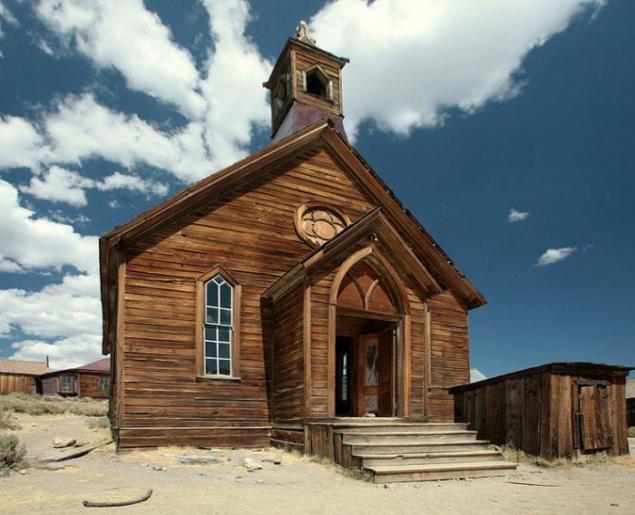
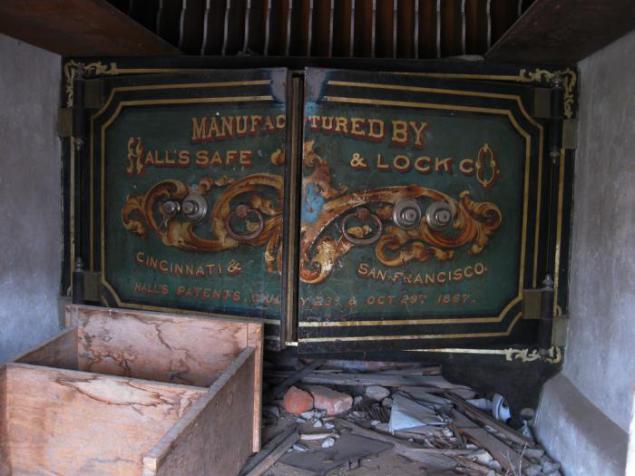

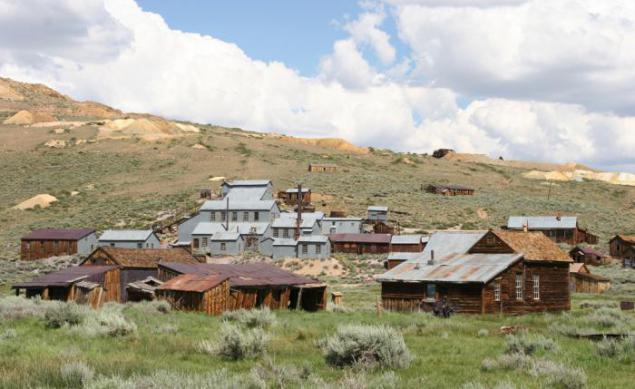
Fordlandiya Brazil
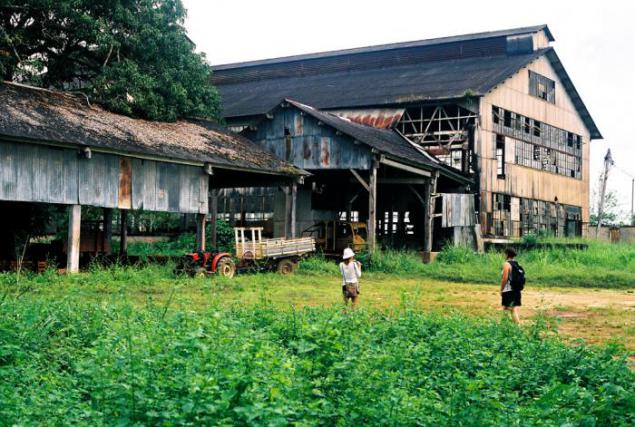
The city founded by none other than Henry Ford in 1928. Instead of purchasing expensive British rubber for his factory, he decided to supply it with the Brazilian rubber, and why the city needed Fordlandiya.
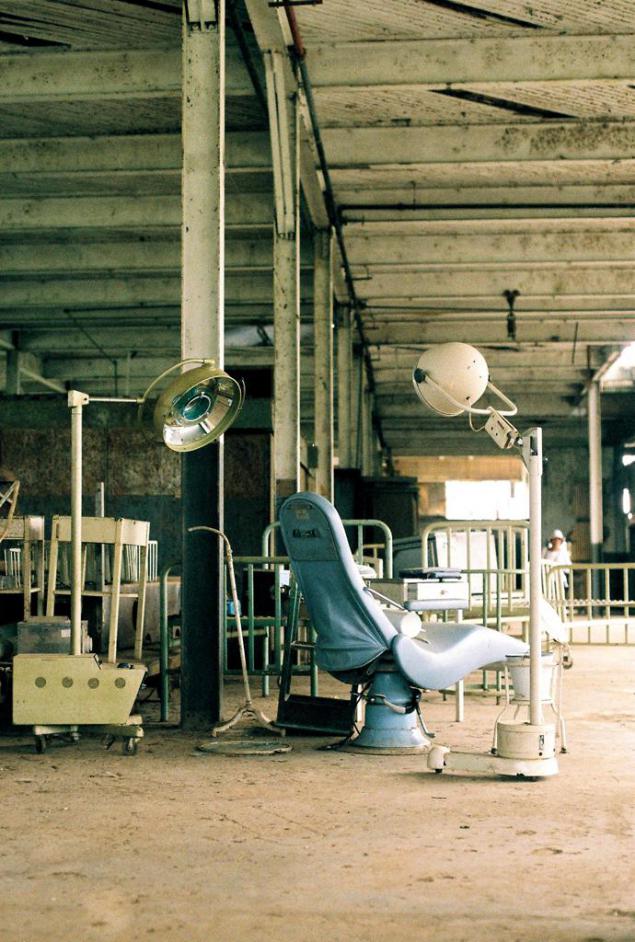
The venture proved to be extremely successful, as the rubber trees do not take root in the hilly and barren Brazilian soil. Residents of the city were forced to wear special badges with their identification code, and there are only American products. These conditions have led to an uprising in 1930, which was crushed by the Brazilian army.
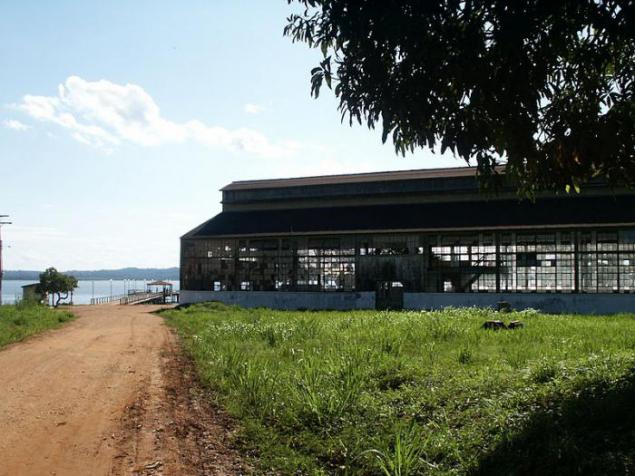
Chaiten, Chile
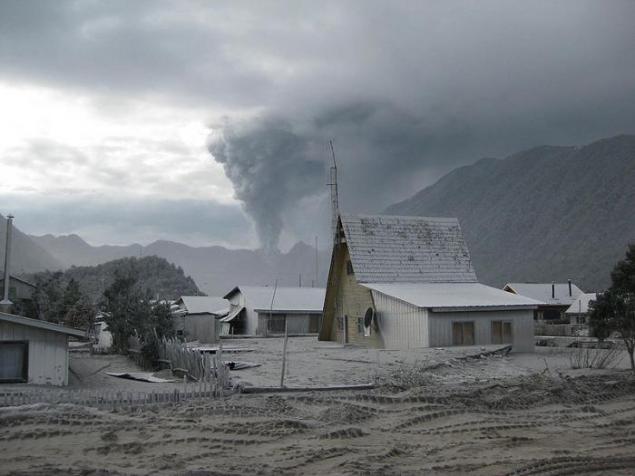
As a result of the eruption of the volcano of the same name, who woke up after 9000 years of sleep, the city turned into a ghost. A week after the eruption, he still was buried in lava and ashes.
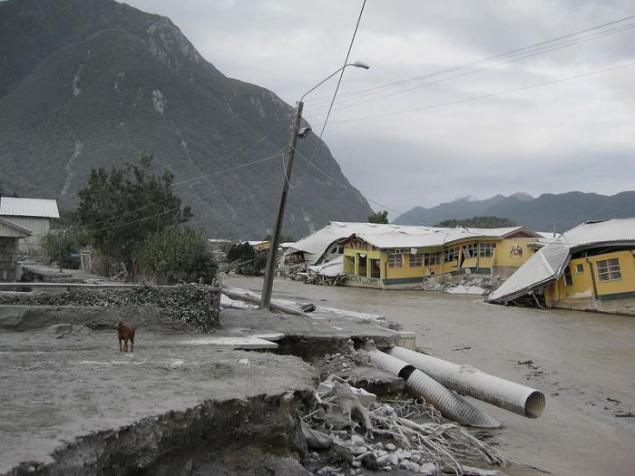
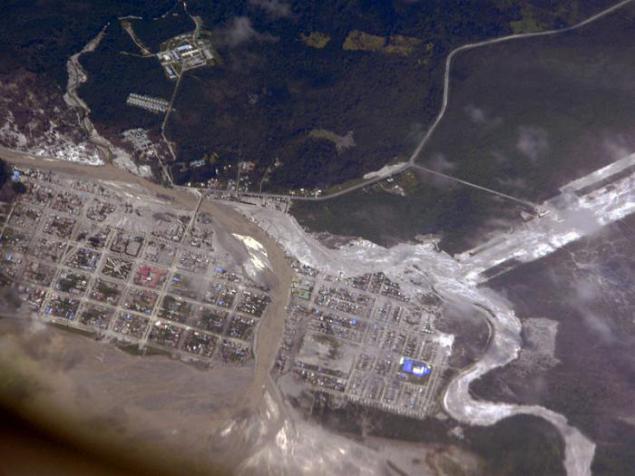
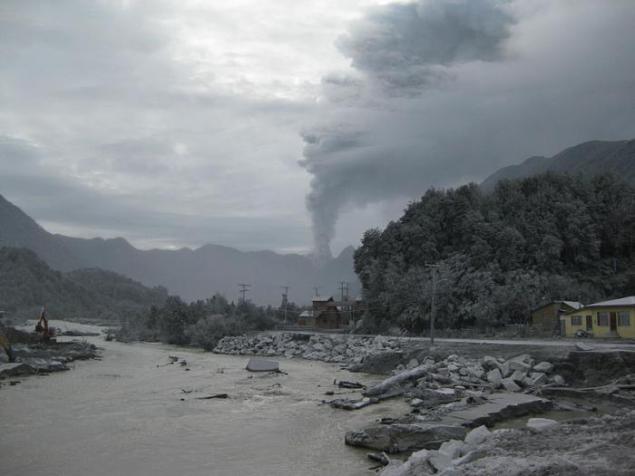
Grytviken, South Georgia
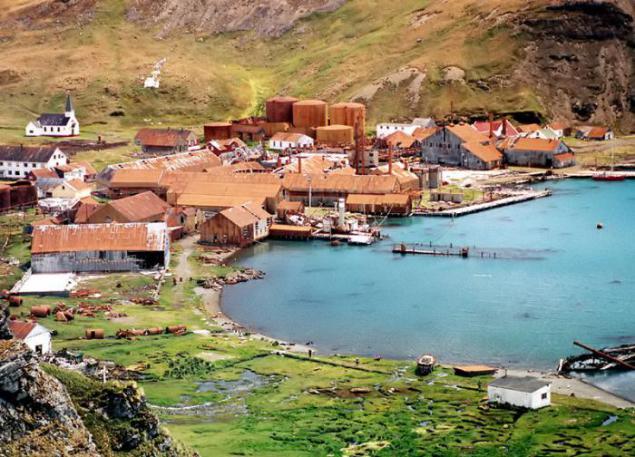
Grytviken whaling was built as a fishing company Captain Carl Larsen in 1904. In December 1966 it was closed to outsiders, but the church in the territory are still sometimes used for marriages. Residents had their own theater (photo below, 1933), but a couple of years ago it was destroyed.
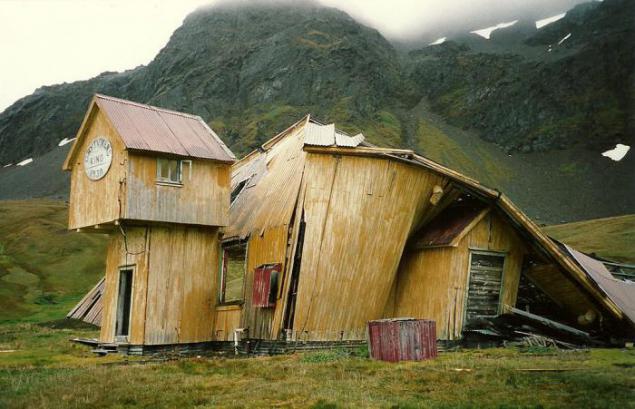
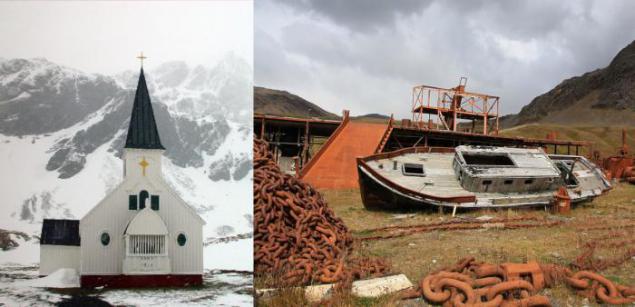

Former mines sylvite, potassium salt was abandoned in the late '60s. Most of the buildings were built in the territory of salt blocks. At present, Dallol is considered a settlement with the highest average annual temperature. Between 1960 and 1966 the average annual temperature is 35 degrees Celsius. Most of the buildings were built in the territory of salt blocks.

At present, Dallol is considered a settlement with the highest average annual temperature. Between 1960 and 1966 the average annual temperature is 35 degrees Celsius.



Nova Cidade de Kilamba New Town (Kilamba), near Luanda, Angola

This town near the capital of Angola Luanda was designed and built several years ago, the International Chinese Investment Corporation Property Management.

By the end of the project he was sheltering about 500 thousand people. Become houses for the future of indigenous people should have 750 colored vocmietazhki.

The city also has all the necessary infrastructure: 12 schools, shopping malls, movie theaters, five-star hotel.

As of July 2012 the construction of buildings was basically completed, but they are still empty. Only 220 apartments from the first group of 2,800 apartments were sold, the city is developing very slowly.
Kolmanskop, Namibia

City Kolmanskop was founded in 1908 as a result of the diamond fever in Namibia. But after the First World War, when the "diamond reserves" dried up, the city was deserted and was soon abandoned.




Taverga, Libya

Back in 2006, the population of the Libyan city Taverga was 24, 223 people. But in 2011, as a result of the military conflict between the opposition and the government, the city has lost almost all of its inhabitants. Today, once a thriving Taverga became completely deserted.

Pomona, Namibia

Sometime in the 1910s there was the richest diamond mine. It is said that in the local diamond mine produced about 1 million carats. Now it Shpergebit - area with limited access.









Pyramid, the Russian miner's settlement, Svalbard, Norway

The settlement was founded by Sweden in 1910, but in 1927 sold to the Soviet Union, what resembles a bust of Lenin in the city center. Mines and, as a consequence, settlement, were closed for access in 1998 and has since remained intact.

The current owner of Trust "Arcticugol" (since 2007) restores the hotel and soon for everyone to wander through a ghost town will be conducted tours.









Oradour-sur-Glane, France

The village was destroyed in 1944, and its 642 residents, including 205 children and 247 women were killed by German soldiers June 10, 1944. Only the 47-year-old Marguerite Ruffansh could miraculously survive.

Adolf Dickman, commander of the SS, blamed for the massacre in the city on the local guerillas.

By order of the former French President Charles de Gaulle, Oradour-sur-Glane was not restored and became a museum city, the ruins of which are intended to remind future generations of the Second World War.


Kayakoy, southwest Turkey

The village was founded in the territory of the ancient Greek city Karmiless in the middle of the 18th century. The Greek population left the village because of the Greco-Turkish War. As usual now it is an open air museum with beautifully preserved buildings in the Greek style, as well as two churches.




Oily, Switzerland

Imitation of the city was built for the Swiss army training.





Koupenhil Down, Wiltshire, England

Built in full size by the British Ministry of Defence as a copy of a German village in 1988 for the training of combat in urban environments.





Dellerskhaym, Austria

As a result of the policy of forced annexation of Austria by Nazi Germany in 1938, hit the 900-year-old village and a few neighbors. Hitler, despite the fact that his paternal grandmother is buried in Dellerskhayme ordered in place of villages to make training base for the Wehrmacht. At the moment, this territory belongs to the armed forces of Austria.


Great Blasket Island, Ireland

Up to 1953 on the island lived mainly fishing communities, but soon the population was reduced to 22 people, and then did the island became uninhabited.
Pegrema village, Karelia, Russia

Pegrema is a fine example of wooden architecture. The village was abandoned after the Revolution.

Pripyat, Ukraine

City, named after the river that flows nearby Pripyat, lasted only 16 years. All 45,000 residents were evacuated a few days after the disaster at the Chernobyl nuclear power plant in April 1986. The city has an amusement park, worked only a few hours and a train station on the outskirts of the city.


The luxurious residential area of Francisco Hernando El Kinen, Seseña, Spain

During the construction boom in the early 2000s was built this was supposed to be a prestigious residential complex of 13 200 flats. Construction budget amounted to almost $ 12 billion. Oddly enough, but utilities such as water and gas for some reason were not in the plans of the builders. Maybe that's why so few apartments were sold, and only a third of the steel sold apartment.



Sanchzhi or "ruins of the future" Taiwan

In 1980, the project for the construction of homes of the future in Taiwan Sanchzhi city was abandoned due to investment losses as well as many car accidents. Now the future of the city, it has turned into ruins and the future become one of the most bizarre among ghost towns. Futuristic home is a lot like flying saucers were destroyed between 2008 and 2010 years.
Little Paris or Tianducheng, near Shanghai, China

Today it is protected area, but was conceived as a city-Tianducheng copy of Paris. In a small Paris, of course, there is the Eiffel Tower, and the whole architectural ensembles, and even the original Paris Champ de Mars. Houses can accommodate at least 100 thousand people, but its actual population of slightly more than 2000.


Chenggong, Kunming, Yunnan Province, China

The Chinese ghost town Chenggong began living less than 10% of all houses built.



Centralia, Pennsylvania

In 1856 in Centralia opened two coal mines. The population of all arriving and already in 1890, employs 2761 people. The city has about 5 hotels, 7 churches, 2 theaters, 14 supermarkets and grocery stores, as well as 27 bars. Mines operated until the end of 1960, but after a fire in one of them, its population began to decline, and by 2010 there were only 10 people. By the way, the underground fire is still going on.


Plymouth, Montserrat Island, Lesser Antilles, West Indies

The town was deserted as a result of waking up in July 1995, the volcano. Already by 1997, all the inhabitants of the island were evacuated.




Bodie, California

The city was founded around the mine in 1859, a group of miners. In 1876, Standard Company discovered another large deposit of gold ore, and, as usual, the Body of the small village has turned into the largest city in California. Since the late 1880s, the population began to decline rapidly. In 1900, its population was 965 inhabitants, and by 1940 only 40 residents.




Fordlandiya Brazil

The city founded by none other than Henry Ford in 1928. Instead of purchasing expensive British rubber for his factory, he decided to supply it with the Brazilian rubber, and why the city needed Fordlandiya.

The venture proved to be extremely successful, as the rubber trees do not take root in the hilly and barren Brazilian soil. Residents of the city were forced to wear special badges with their identification code, and there are only American products. These conditions have led to an uprising in 1930, which was crushed by the Brazilian army.

Chaiten, Chile

As a result of the eruption of the volcano of the same name, who woke up after 9000 years of sleep, the city turned into a ghost. A week after the eruption, he still was buried in lava and ashes.



Grytviken, South Georgia

Grytviken whaling was built as a fishing company Captain Carl Larsen in 1904. In December 1966 it was closed to outsiders, but the church in the territory are still sometimes used for marriages. Residents had their own theater (photo below, 1933), but a couple of years ago it was destroyed.













